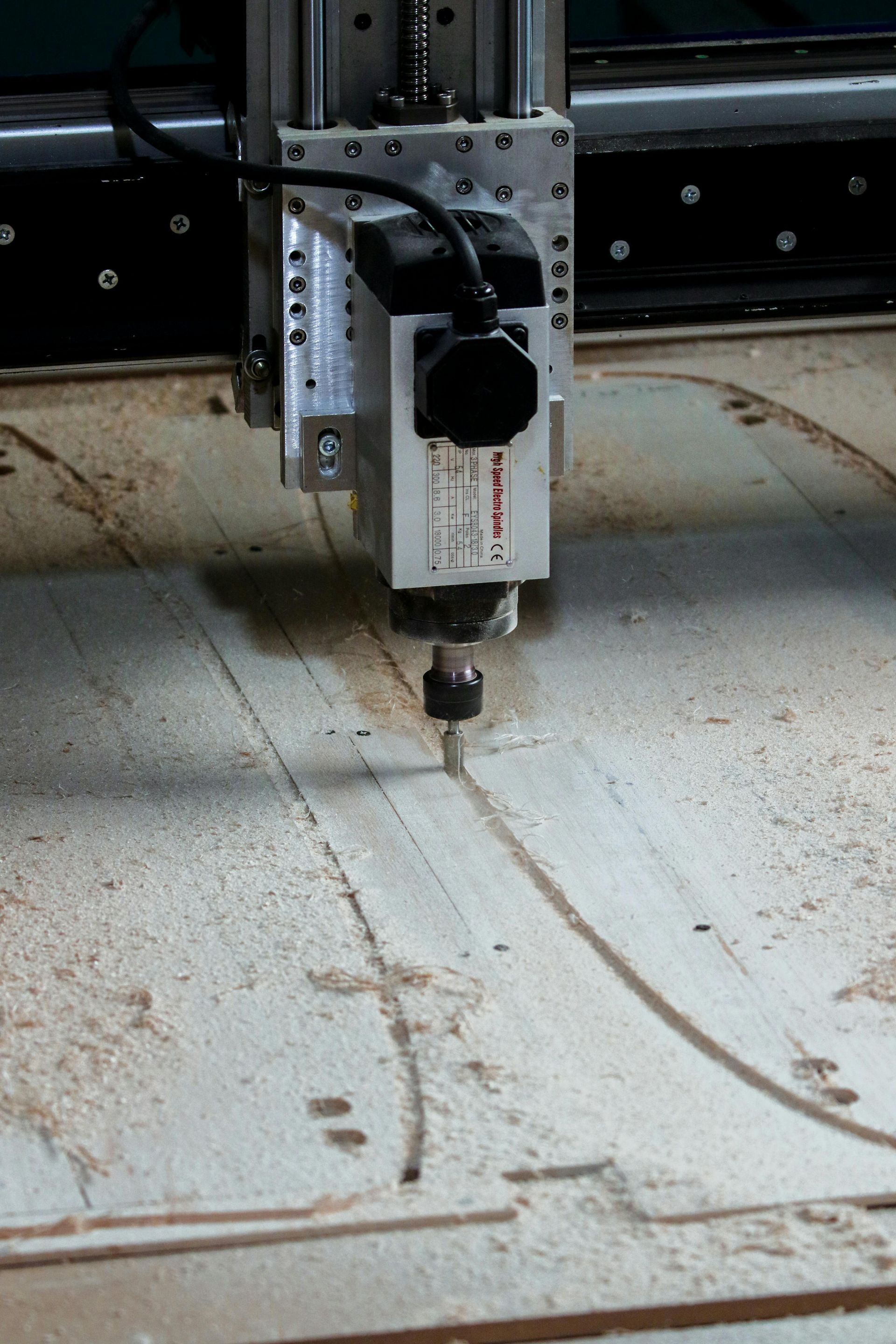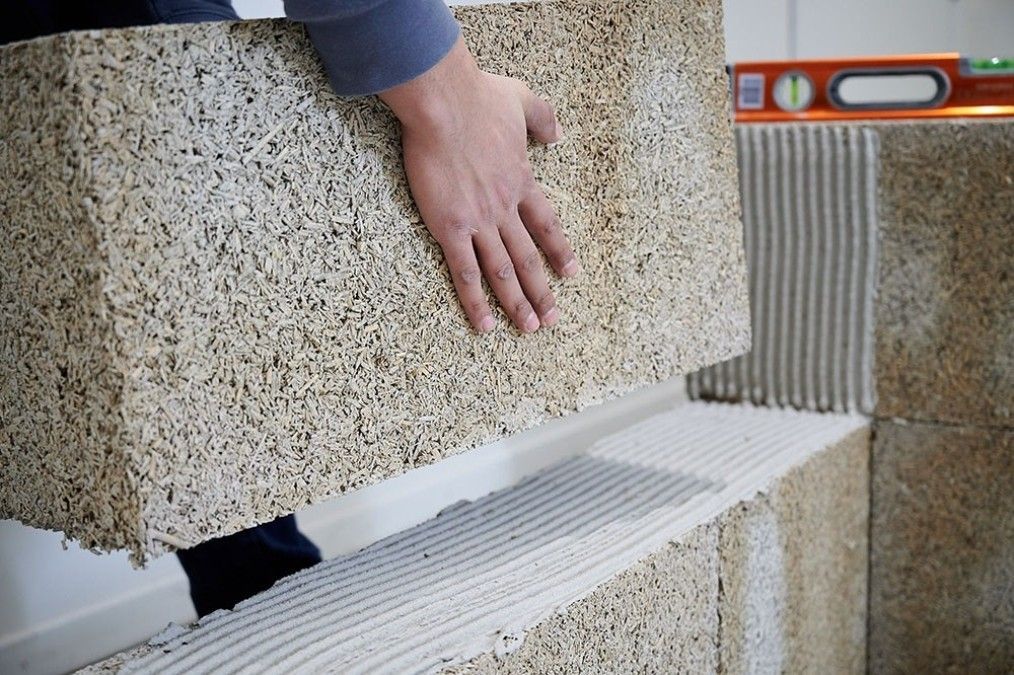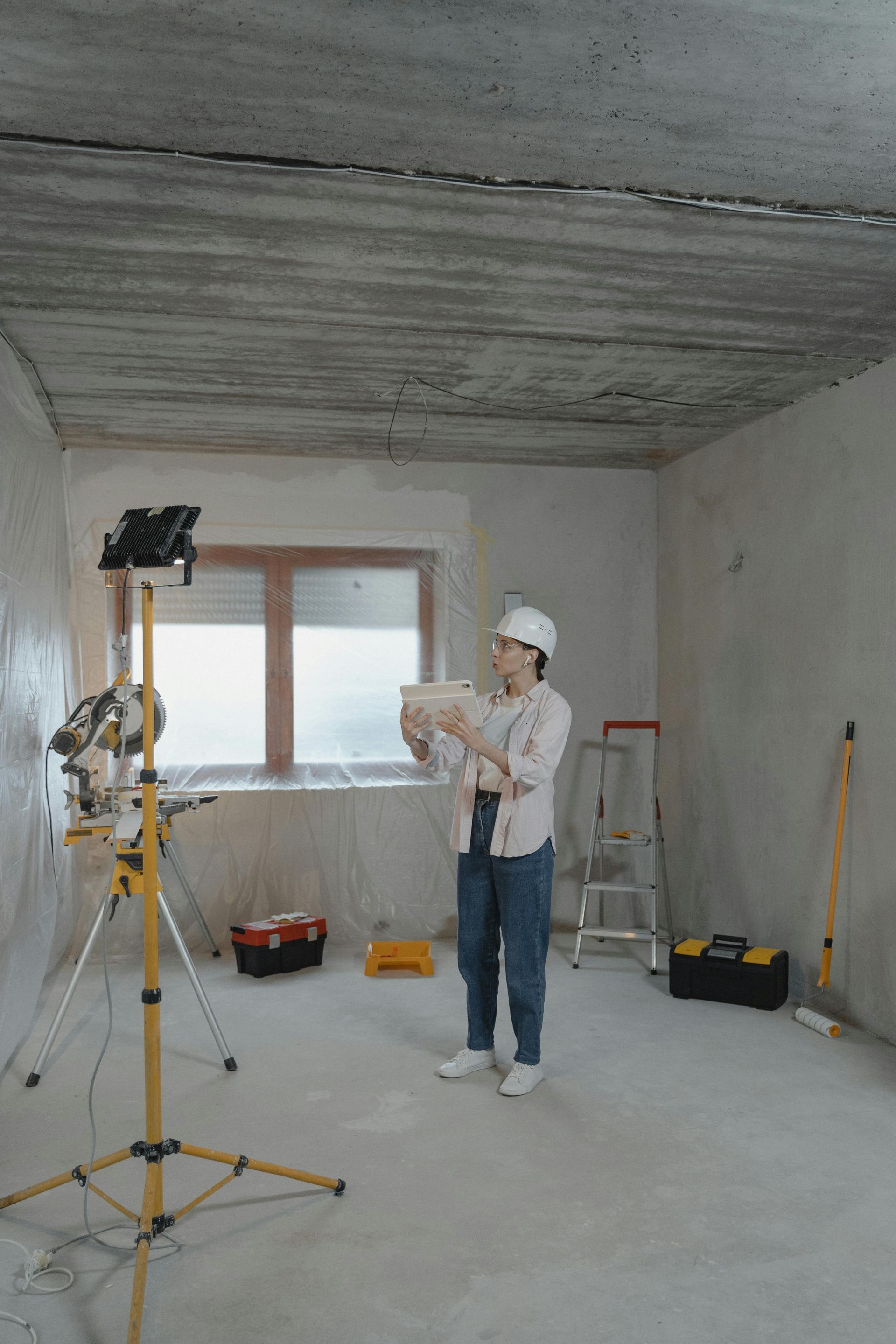AI as a Copilot for Construction: Actors & Stakeholders
Make It Digital
AI
Series: Make It Digital AI-01
Article 12/25
AI as a Copilot for Construction: Revolutionizing the Building Sector Value Chain
Introduction: The Disruptive Role of AI
The global construction industry is on the verge of an epochal transformation, driven by the imperative to increase safety, productivity, and sustainability. This evolution is embodied by Artificial Intelligence (AI), which is rapidly shifting the sector from manual and reactive processes to predictive and optimized workflows. AI is no longer a futuristic concept but a digital copilot that integrates along the entire project lifecycle: from generative design to site management, through to maintenance and energy performance monitoring (end-of-life). Its impact is disruptive: AI can process vast amounts of data (BIM, GIS, images) in seconds that would take weeks manually, significantly improving design accuracy, drastically reducing on-site errors, and the enormous associated material waste. This transition requires a sophisticated Networking Ecosystem, where technology developers, data providers, and end-users (construction companies and design firms) collaborate to validate and scale AI solutions.
Key Actors and Stakeholders in the AI Construction Ecosystem
The success of AI adoption in construction relies on distinct stakeholders, each pioneering solutions that map directly onto critical phases of the building lifecycle from initial conception to long-term performance.
A. Design and Pre-Construction Pioneers
These actors focus on the digital planning phase, leveraging AI to automate repetitive tasks, ensure compliance, and streamline data flow before the first shovel hits the ground. Their key contribution is risk mitigation and design efficiency.
- Design software developers (BIM/CAD integrators): embed AI directly into core design tools, transforming static models into intelligent data platforms that can self-check and recommend optimizations.
- Digital compliance providers: automate the comparison of design models against complex local and international building codes, eliminating manual checklist processes.
Clev: The Intelligent BIM Copilot
Clev stands as a BIM/CAD AI copilot dedicated to accelerating project iterations and centralizing complex data management. Its AI capabilities drastically reduce review times (up to 80%) by eliminating the need for hundreds of disjointed plugins. Crucially, Clev automatically performs 100% compliance verification against norms, ISO standards, and client-specific rules. The platform also automates workflows such as Quantity Takeoff (QTO) and leverages an intelligent archive of past projects, moving valuable design knowledge from silos to an actionable, central resource.
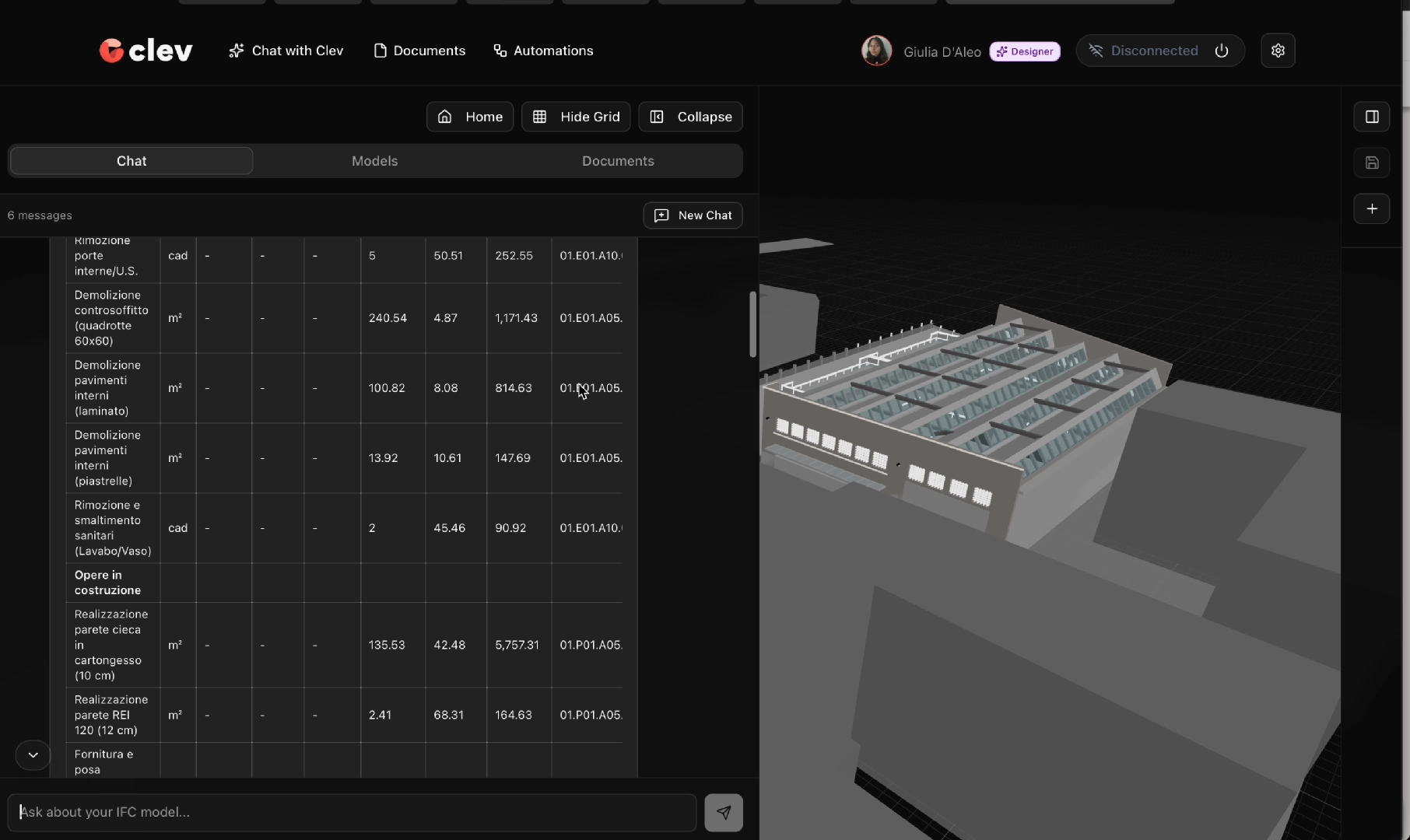
Fig. 1 | Clev platform (credit: Clev)
ArchiLab: AI Copilot for Revit
ArchiLab acts as an AI Copilot specifically for Revit, transforming traditional BIM workflows through intelligent automation. It focuses on automating repetitive, laborious tasks within the design environment, allowing architects and engineers to focus on creativity and problem-solving rather than manual data entry or manipulation. By leveraging AI to streamline the generation of complex geometries, optimize modeling processes, and execute sophisticated data manipulations directly in Revit, ArchiLab significantly boosts designer productivity and ensures higher data quality throughout the BIM model lifecycle.

Fig. 2| ArchiLab Copilot (credit: ArchiLab)
B. Sustainability and Material Choice Enablers
These stakeholders address the massive environmental footprint of the industry. They deploy AI to analyze material choices and design impacts at scale, pushing for low-carbon construction from the outset.
- LCA software specialists: provide AI tools to rapidly calculate the Life Cycle Assessment (LCA) and embodied carbon, making sustainability measurable and actionable during design.
OneClick LCA: The Carbon Optimizer
OneClick LCA provides essential, AI-powered Life Cycle Assessment (LCA) software that transforms how sustainability is managed in construction. The embedded AI streamlines the complex process of data mapping materials and products, achieving 10 times faster and more reliable data flows by resolving inconsistencies like synonyms and spelling variations across multiple languages. This capability allows designers to automatically verify results against industry benchmarks, compare design alternatives, and quickly explore optimized construction scenarios to meet demanding decarbonization targets.

Fig. 3 One Click LCA carbon optimizer (credit: OneClick LCA)
C. Operation, Energy, and Asset Managers
Focused on the long-term value, these actors use AI to monitor building performance, optimize energy systems, and ensure the asset meets its sustainability goals over its decades-long lifespan.
- Energy Technology Consultants (system integrators): combine deep domain expertise with AI to develop strategic roadmaps for integrating and managing smart building energy solutions.
Becquerel Institute: AI agent for BIPV
Specializing in the energy transition, Becquerel Institute Italia focuses its AI expertise on the photovoltaic (PV) sector, a critical component of modern building operation. Their AI solutions go beyond simple monitoring, offering specialized services that include AI Assessment & Roadmap to strategically plan the integration of AI/Robotics into the PV value chain. They provide customized Use Case Development and Custom Implementation of solutions designed to optimize solar asset performance, predict maintenance needs, and maximize the long-term ROI and energy sustainability of the built environment.
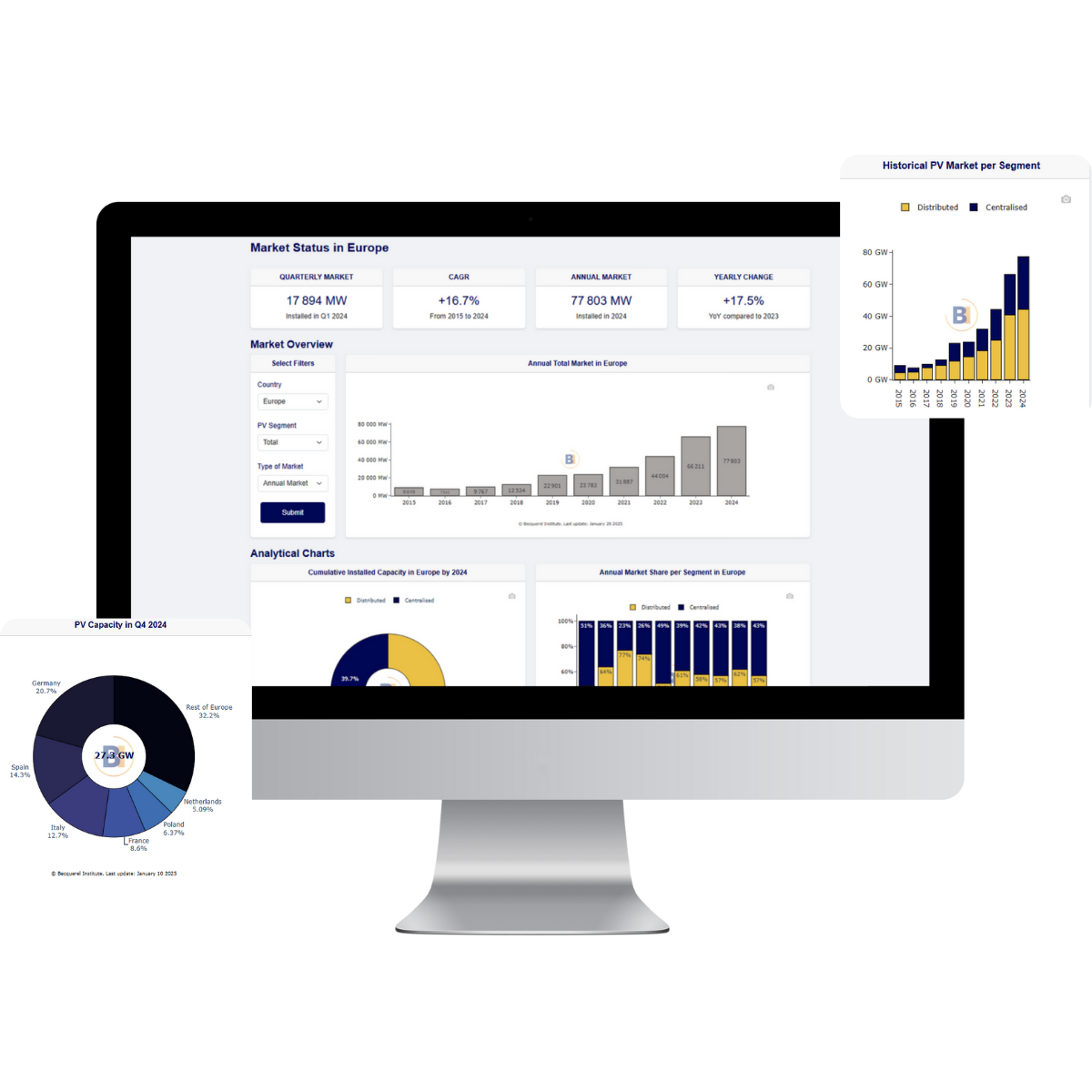
Fig. 4 Becquerel Insitute AI agent for BIPV/PV optimization (credit: Becqurel Institute)
Conclusion
The transition to a digital construction site and design process is inherently an ecosystem challenge. The innovation brought by design specialists like Clev and AIbob, combined with the focus on sustainability ensured by OneClick LCA and Becquerel, is essential. The collaboration among these actors is accelerating change, replacing manual, risky, and polluting processes with sophisticated, data-driven automation. AI is not just an improvement; it is the foundation for a future where construction is safer, more efficient, and radically more sustainable.
References
Clev AI : https://clev.framer.website/
ArchiLabs: https://archilabs.ai/posts/revit-ai
OneClick LCA: https://oneclicklca.com/en-gb/why-us/capabilities/powered-by-ai
Becquerel Institute: https://www.becquerelinstitute.eu/it/ai-solutions-for-the-solar-industry
CALL FOR ACTION
Start your AI journey today with Levery and transform your construction projects or your building products into energy-generating, future-ready buildings. Let’s work together to create buildings that benefit people, enviroment and economic.
Contact us now to discuss how we can help you integrate solar power into your next project and drive the shift toward a greener future.
